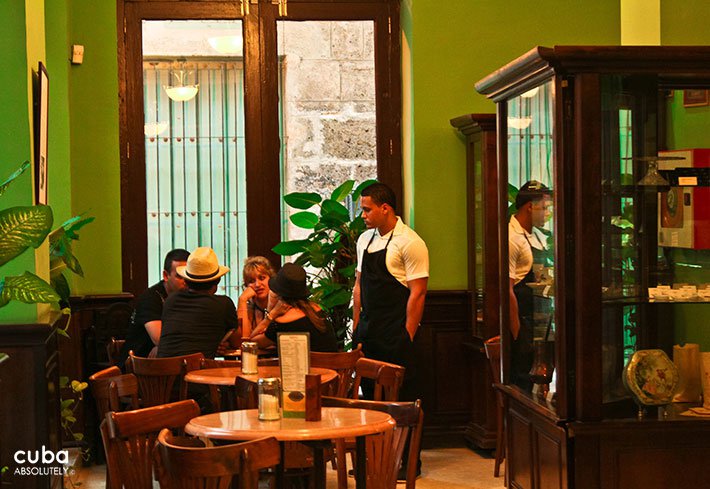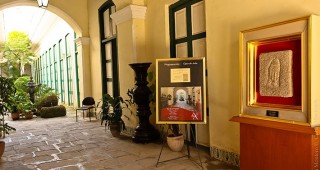Although calling this place a museum is an overstatement, there are some intriguing artefacts relating to the history of chocolate production in Cuba. More appropriate would be to call it Café Fábrica de Chocolate, as you can watch chocolates being made at the back of the premises while you sip a warming cup of hot chocolate or a soothing glass of cold chocolate. There are two rooms where you can drink your chocolate—one is air-conditioned and the other one is a small courtyard in the back of the premises, which most visitors seem to miss. The Museo del Chocolate, which opened as such in 2003, also sells delicious artisanal chocolates singly, or boxed.
The building—colloquially known as the Casa de la Cruz Verde—was originally the home of the Conde de Lagunilla.









 Eclectic
Eclectic







